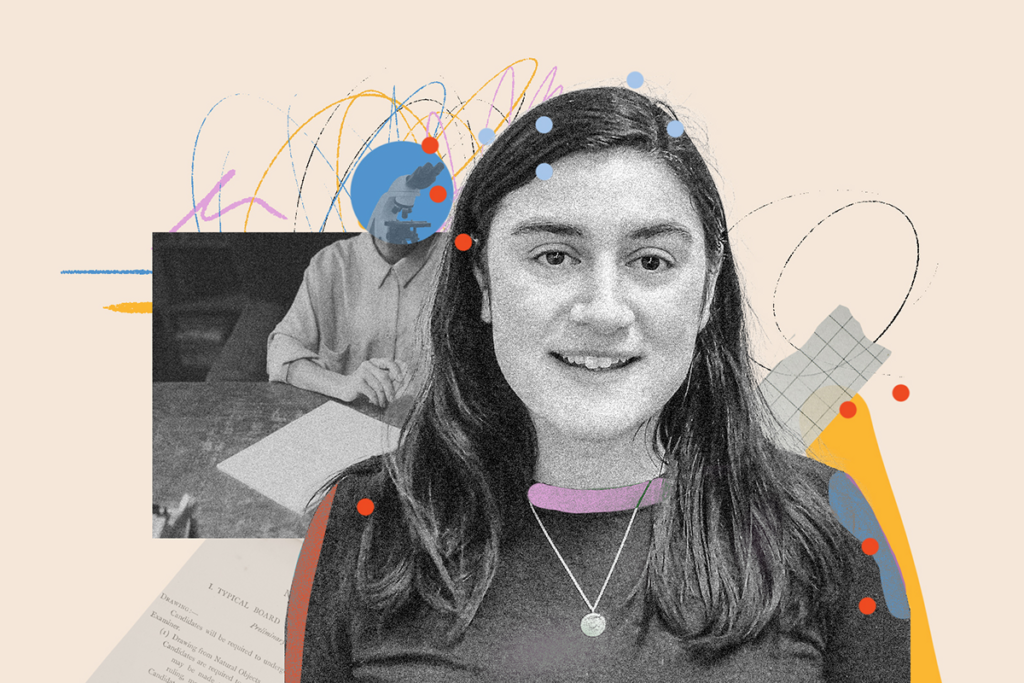- Dopamine neurons in the substantia nigra are hyperactive in a mouse model of fragile X syndrome and can be mitigated by inhibitors of ERBB tyrosine kinase. Molecular Psychiatry
- Anti-seizure medications taken during pregnancy increase the likelihood of having a child with autism, intellectual disability or attention-deficit/hyperactivity disorder, according to a records review of more than 3 million children. Only lamotrigine appeared to have no effect. Nature Communications
- “These results strongly support the conclusion that TBR1-2A-CreER is a hypomorphic allele. We advise caution when interpreting experiments using this allele, considering the sensitivity of various corticogenic processes to TBR1 dosage and the association of heterozygous TBR1 mutations with complex neurodevelopmental disorders.” Autism Research
- The hyperexcitability of stem-cell-induced neurons carrying a pathogenic variant of the gene SCN2A was muted when the neurons were co-cultured with stem-cell-induced microglia. Journal of Neuroscience
- “The National Institute of Mental Health created the National Database for Autism Research (NDAR) to accelerate autism knowledge through data sharing and collaboration. However, our experience using NDAR reveals systematic challenges across several aspects of data submission, selection, management, and analysis that limit utility of this resource.” Journal of Autism and Developmental Disorders
Anti-seizure medications in pregnancy; TBR1 gene; microglia
Here is a roundup of autism-related news and research spotted around the web for the week of 2 December.
By
Jill Adams
3 December 2024 | 1 min read
tags:
Recommended reading

New organoid atlas unveils four neurodevelopmental signatures
By
Diana Kwon
17 December 2025 | 4 min read

Glutamate receptors, mRNA transcripts and SYNGAP1; and more
By
Jill Adams
16 December 2025 | 2 min read

Among brain changes studied in autism, spotlight shifts to subcortex
By
Holly Barker
11 December 2025 | 5 min read
Explore more from The Transmitter
Can neuroscientists decode memories solely from a map of synaptic connections?
By
Paul Middlebrooks
17 December 2025 | 1 min read

AI-assisted coding: 10 simple rules to maintain scientific rigor
By
Russell Poldrack
16 December 2025 | 7 min read

Frameshift: Shari Wiseman reflects on her pivot from science to publishing
By
Katie Moisse
15 December 2025 | 7 min read
Cite this article: